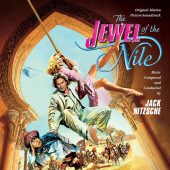Groundbreaking Sci-Fi Classic The Matrix First Released in Movie Theaters (1999)
Milestones, U.S. Theatrical Releases | Mar 31, 1999
Silver Pictures, Village Roadshow Pictures, Warner Bros.
On March 31, 1999, The Matrix was released in theaters, radically altering how science fiction and action movies were shot and those stories were told. Along with the film’s cutting edge special effects and action sequences, it surpassed Lost in Space and Indecent Proposal for having the biggest April and Easter opening weekends, up until that time. The film also had the second-highest opening weekend for a spring movie, surpassed only by the comedy Liar Liar.
Following The Matrix, movies made heavy use of slow-motion, spinning cameras, and, often, the bullet time effect of a character freezing or slowing down and the camera dollying around them. The ability to slow down time enough to distinguish the motion of bullets was used as a central gameplay mechanic of several video games, including Max Payne, in which the feature was explicitly referred to as “bullet time.”
The Matrix has also had a lasting influence on action filmmaking in Hollywood. The film’s use of “wire fu” fighting techniques, including the involvement of legendary Hong Kong fight choreographer Yuen Woo-ping and Woo-ping’s Hong Kong stunt team, affected the approach to fight scenes taken by many subsequent Hollywood action films, moving them towards Eastern approaches. The main cast of The Matrix, including Keanu Reeves (Neo), Laurence Fishburne (Morpheus), Carrie-Anne Moss (Trinity), and Hugo Weaving (Agent Smith), trained with stunt team for four months prior to principle photography.
The success of The Matrix created high demand for Asian and Asian-influenced action choreographers and their techniques. For example, wire work was employed in the 2000 films X-Men and Charlie’s Angels. Yuen Woo-ping’s brother Yuen Cheung-yan was the action choreographer on the 2003 movie Daredevil. Additionally, The Matrix’s Asian approach to action scenes also created an audience for Asian action films such as the 2000 Ang Lee epic Crouching Tiger, Hidden Dragon.
Also, Chad Stahelski, who was a stunt double on The Matrix prior to directing Keanu Reeves in the John Wick series of movies, has acknowledged the film’s strong influence on the John Wick films.
In 2012, The Matrix was selected by the U.S. Library of Congress for preservation in the National Film Registry archives for being culturally historically or aesthetically significant.








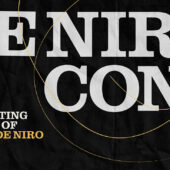













![Phyllis Davis Publicity Photo [210906-0143]](https://www.filmfetish.com/img/p/2021/10/210906-0143-13x19-web-170x170.jpg)
![Victoria Principal Publicity Photo in Bikini [210906-55]](https://www.filmfetish.com/img/p/2021/11/210906-0055-victoria-principal-85x11-web-170x170.jpg)

















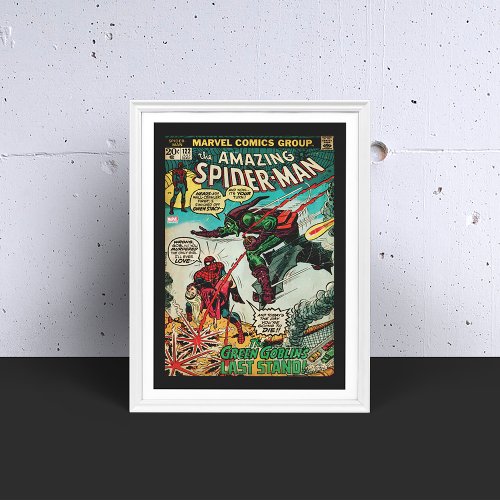







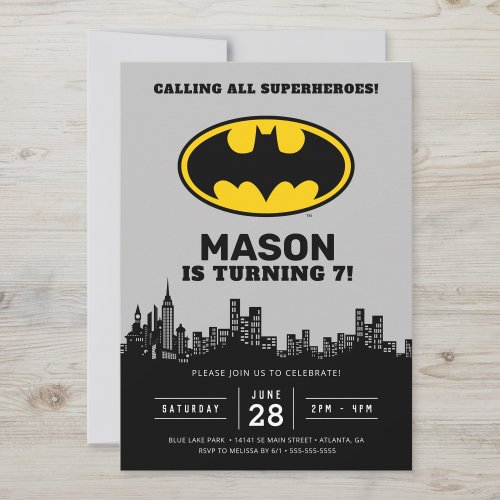








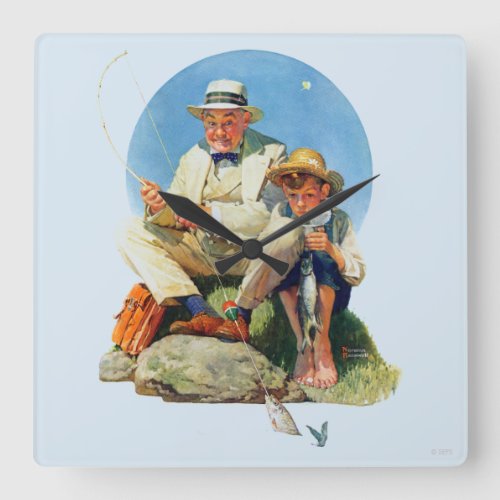















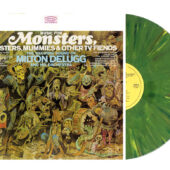
![Iron Man 2 San Diego Comic Con 2009 Exclusive 20×13 inch Promotional Movie Poster [I14]](https://www.filmfetish.com/img/p/2020/12/ironman-i14-01-170x170.jpg)


![The A-Team Music from the Original Television Score [OOP]](https://www.filmfetish.com/img/p/2017/11/the-a-team-original-soundtrack-score-tv-series-bk-170x170.jpg)
